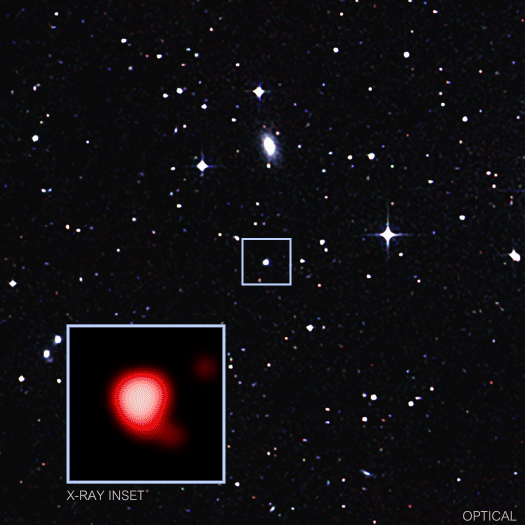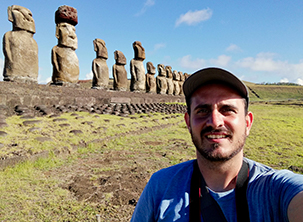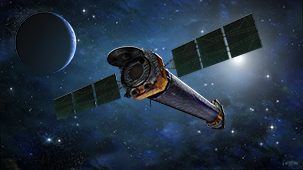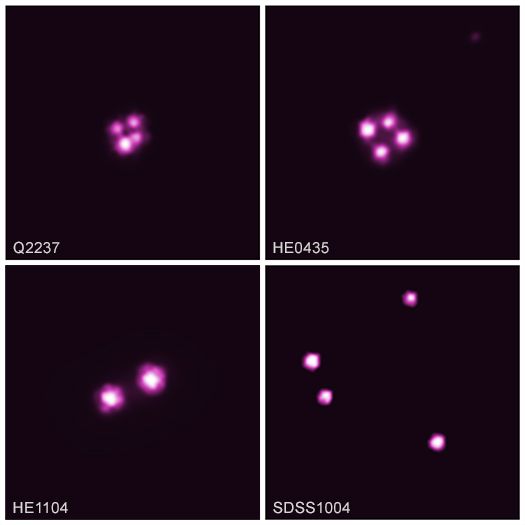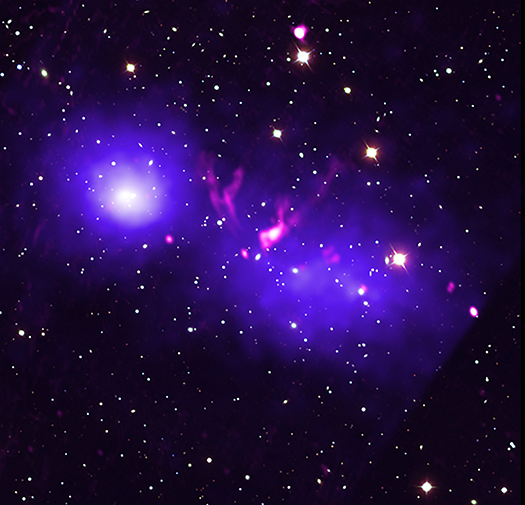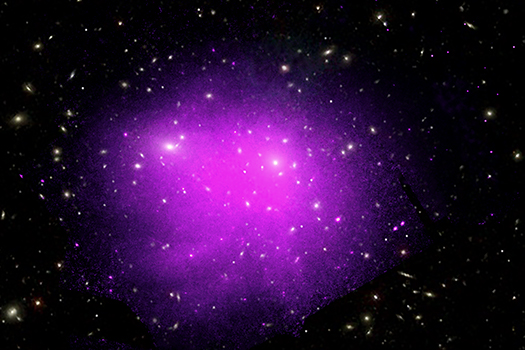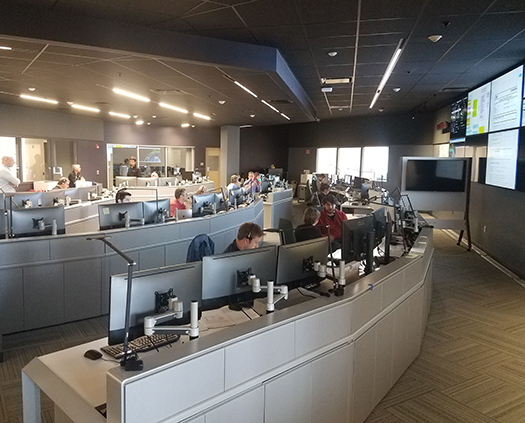Scientists Discover Black Hole Has Three Hot Meals a Day
Submitted by chandra on Tue, 2019-09-10 17:44A supermassive black hole is blasting out X-rays about every nine hours, according to data from NASA's Chandra X-ray Observatory and ESA's XMM-Newton, as described in our latest press release. This indicates that this black hole, containing about 400,000 times the mass of our Sun, is consuming significant amounts of material about three times per day.
The main panel of this graphic is a visible light image taken by the Digitized Sky Survey (DSS) around the galaxy known as GSN 069, located in the center of the image. The inset gives a time-lapse of Chandra data taken over a period of about 20 hours on February 14 and 15, 2019, centered on the X-ray source in the middle of GSN 069. The sequence runs in a loop to show that the X-ray brightness of the source changes regularly and dramatically over the Chandra observation. Three X-ray eruptions are observed. (Note that to clearly show the Chandra source is located in GSN 069, the size of the box in the center of the DSS image is about ten times larger than the Chandra field in the inset.)




